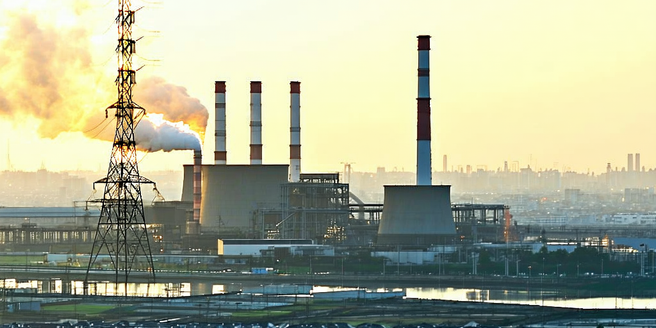
Understanding Urban Heat Islands: A Brief Overview
Urban Heat Islands (UHIs) are areas within urban environments that experience significantly higher temperatures than their rural surroundings. This phenomenon is the result of human activities and alterations to the urban landscape. As more buildings, roads, and infrastructure replace natural land cover, less vegetation is available to absorb sunlight, leading to elevated surface temperatures. Dark surfaces like asphalt retain heat, while energy consumption from buildings contributes additional warmth. These combined elements create a cycle of heat retention and amplification, leading to warmer urban areas. Consequently, UHIs can contribute to increased energy consumption as residents rely more on air conditioning to stay comfortable. As cities continue to expand, understanding the intricacies of UHIs becomes crucial in mitigating their effects on local climates and energy demands.
The Impact of Urbanization on Energy Demand
Urbanization has a profound impact on energy demand, as cities grow and expand, the need for resources to sustain living standards rises sharply. As urban populations increase, there is a growing emphasis on renewable energy sources to meet the demand sustainably. Increased population density requires more energy for transportation, heating, cooling, and electricity. Urban areas, by their dense nature, demand efficient energy solutions. Building operations account for a significant portion of energy consumption, while transportation systems need continuous energy input. Furthermore, advancements in technology offer new ways to optimize energy usage in urban settings. As more people migrate to cities, the pressure on existing infrastructure mounts, leading to higher energy consumption. Planners must address these trends to curb excessive energy use while enhancing urban efficiency.
Key Factors Contributing to Energy Consumption
Several factors contribute to increased energy consumption in urban areas, with significant contributors including population growth, urban sprawl, and lifestyle changes. As cities grow, the demand for residential, commercial, and industrial energy rises. Moreover, the rise in remote work and digital connectivity has increased the need for energy-hungry data centers and network infrastructures. Additionally, modern lifestyles require energy-intensive amenities and technologies. Urban planners and policymakers are increasingly focusing on sustainable development to mitigate these impacts. Transportation, reliant on fossil fuels, constitutes a major portion of urban energy needs. Climate control within urban buildings also contributes considerably, where air conditioning and heating systems account for substantial energy usage. Lastly, inefficient infrastructure and outdated technology amplify overall energy demand, necessitating transformational shifts towards energy-efficient systems and practices.
Innovative Solutions to Reduce Energy Use
Reducing energy use in urban environments necessitates innovative solutions, including the adoption of renewable energy sources, improved infrastructure, and smart technology implementations. Solar panels, wind turbines, and geothermal systems offer clean alternatives to traditional power sources, reducing reliance on fossil fuels. The integration of these technologies often requires supportive policy frameworks and community engagement to maximize their benefits. Upgrading urban infrastructure to incorporate energy-efficient buildings lowers consumption. Smart technologies, like IoT sensors and smart grids, optimize energy use by providing real-time data and enhancing decision-making capabilities. Green roofs and urban forestry projects add to this eco-friendly approach by maintaining lower temperatures and improving air quality. Collectively, these strategies revolutionize energy consumption in cities.
Future Outlook: Sustainable Strategies for Urban Areas
The future of urban sustainability rests on implementing strategies that incorporate both technological advancements and strategic planning. Ensuring equity and accessibility in these strategies is crucial to benefiting diverse communities. Cities must invest in renewable energy and innovative infrastructure solutions to curb energy demands. Urban planners should focus on mixed land-use developments, which promote walkability, reduce vehicle dependency, and enhance public transport systems. Collaboration between public and private sectors is essential to drive these initiatives forward. Sustainable water and waste management practices integrate with green building initiatives. Community engagement and education also play pivotal roles in advancing sustainable living practices. As urban areas evolve, embracing a comprehensive, forward-thinking approach ensures a balanced energy landscape, fostering both environmental preservation and economic growth.
